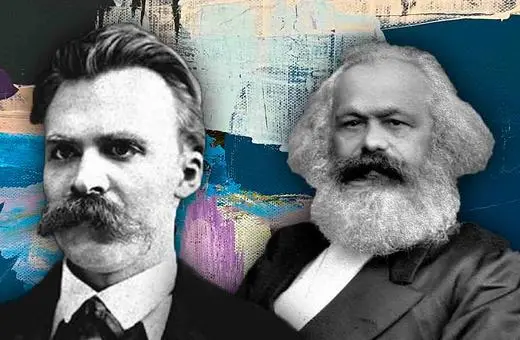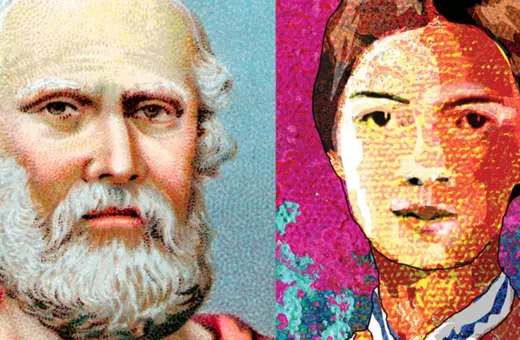It is tempting to think of beauty as being morally neutral. From an awe-inspiring sunset to a striking portrait, thinkers have often sought to categorise beauty as existing in its own unique space, offering artists the freedom to create without constraints. However, this is not always the case, as the beauty of an artwork is often contingent on its moral features, argues Noël Carroll.
With respect to evaluating art, are questions of morality categorically irrelevant when it comes to beauty? A thing of beauty, it might be said, is beyond good and evil. For most of the Western tradition, this idea would have been an outlier. In the Classical and Christian epochs, beauty was treated primarily as a means of teaching virtue. And even puritanical dissenters connected beauty to morality, albeit negatively.
But in the eighteenth century, seeds were sown that flourished in the nineteenth century, heralded by slogans like “art for art’s sake” and labels such as aestheticism, and, later, formalism, and autonomism that signaled that art, including beautiful art, is separate from morality. Toward the end of the twentieth century, the gleeful cry, “Beauty is back,” broadcast at least the hope that artists were about to leave off their politicized moralizing and get back in the business of beauty.
The story of how beauty came detached from morality is complex. One convenient starting point is Francis Hutcheson’s definition of “beauty” as “disinterested pleasure.” When we look upon a beautiful urn, we take pleasure in the sight, not because we own it or because our child created it. We enjoy just looking at it; we can’t take your eyes off it. We have no personal stake in it. Our feelings are disinterested in the sense we expect a judge in a court of law to be disinterested. That is, it does not mean “not interested,” but rather interested in a way that is independent of personal advantage.
This rather innocent notion of “disinterest” expanded, however, most notably in Immanuel Kant’s notion of “free beauty,” to include freedom from moral and cognitive interests. Here, Kant was thinking primarily of natural beauty, but he was misinterpreted by influential intellectuals like Madame de Staël and Benjamin Constant in a way that gave birth to the idea of “art pour art.” Championed by writers like Théophile Gautier, this battle cry celebrated art for being of no practical value. Paul Valéry said: “The most manifest characteristic of a work of art may be termed uselessness.” Needless to say, this excludes morality from domain of art, since morality is of inestimable social utility.
___
For Oscar Wilde, good-versus-evil is nothing more than a rousing plot device.
___
Across the English Channel, flying the flag of aestheticism, converging views were being evolved by Walter Pater, James McNeil Whistler, and Oscar Wilde. Perhaps the best known and most succinct statement of this perspective comes from Wilde in, of all things, the preface to his Picture of Dorian Gray, where he asserts: “There is no such thing as a moral or an immoral book. Books are well written, or badly written. That is all.”





















Join the conversation